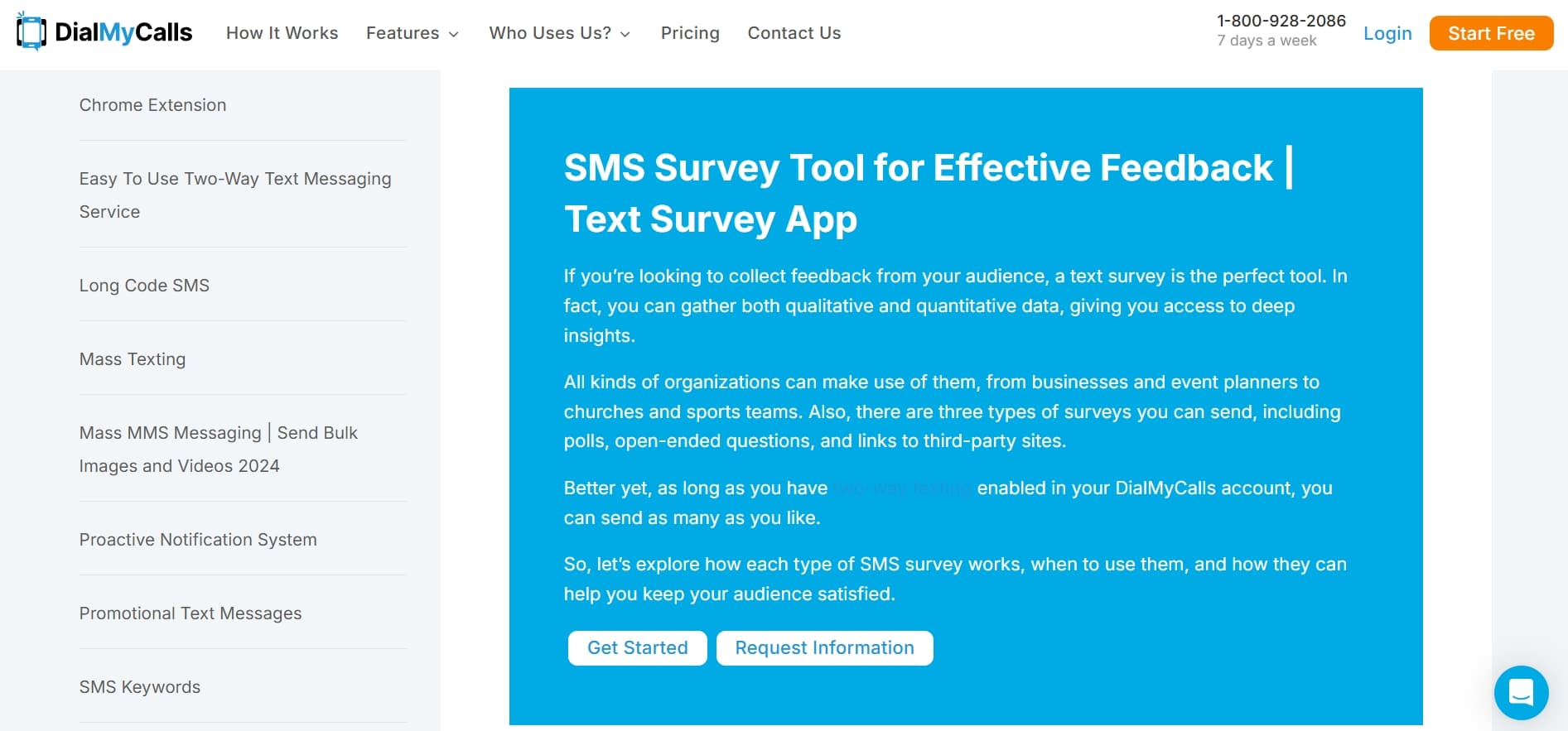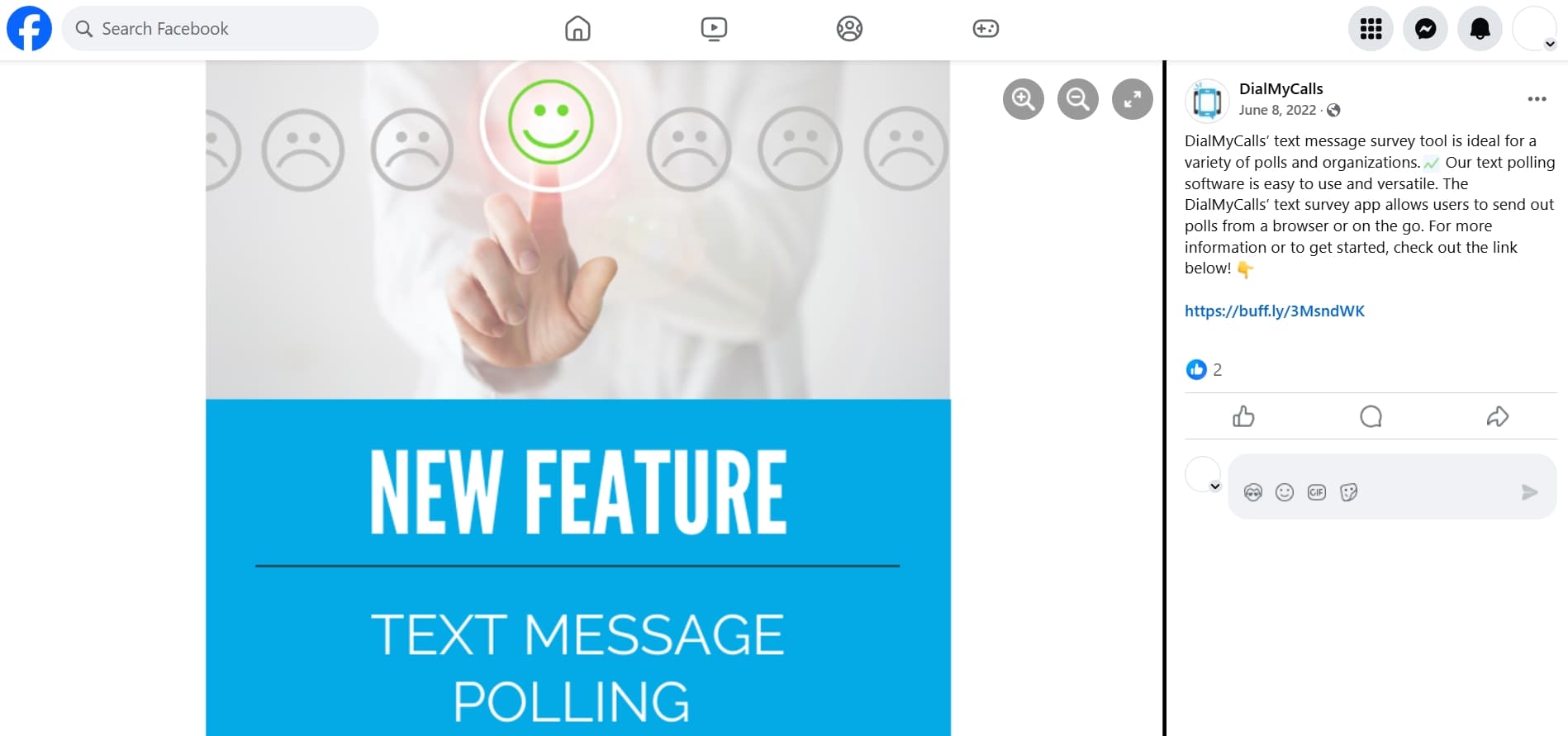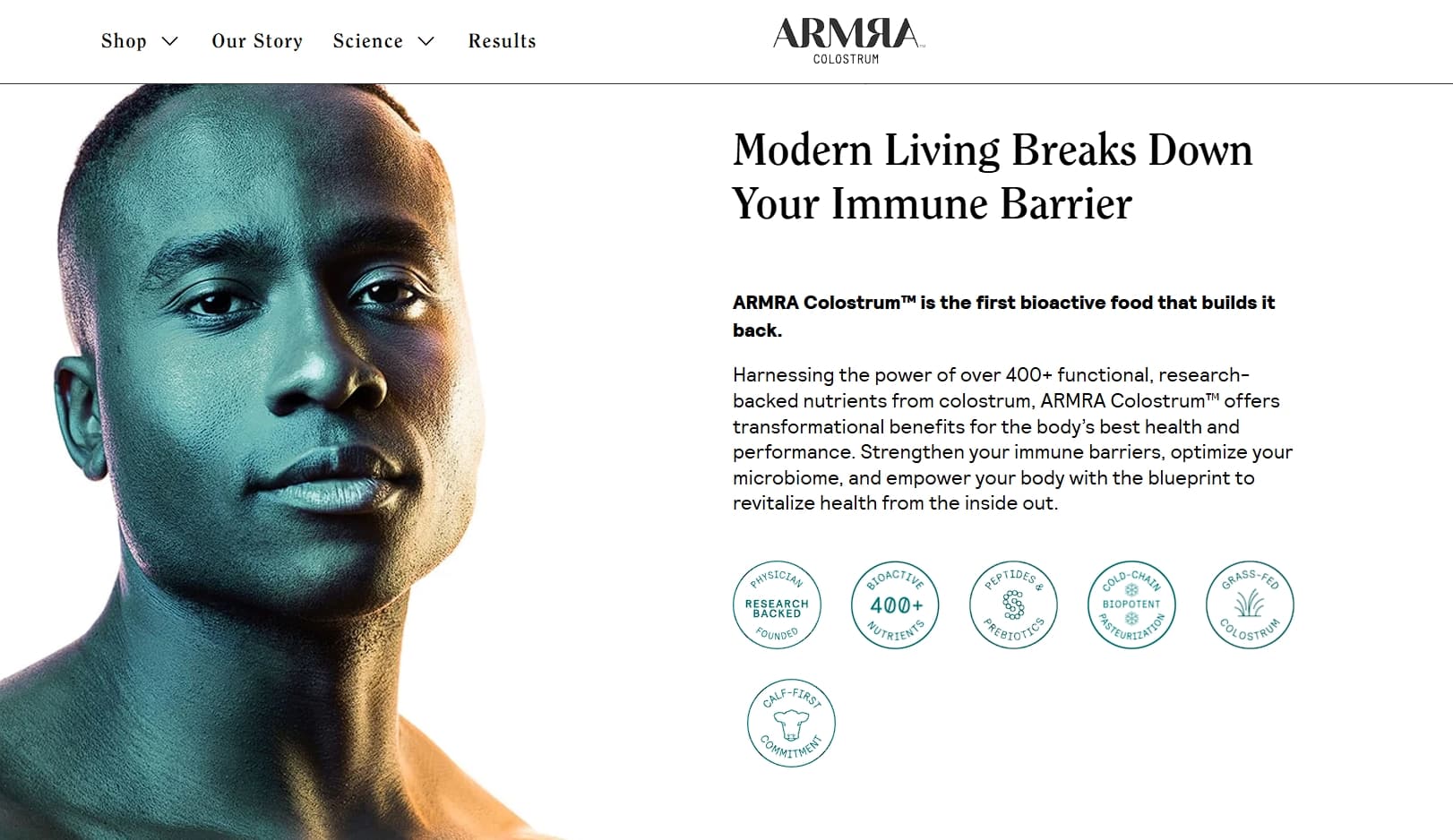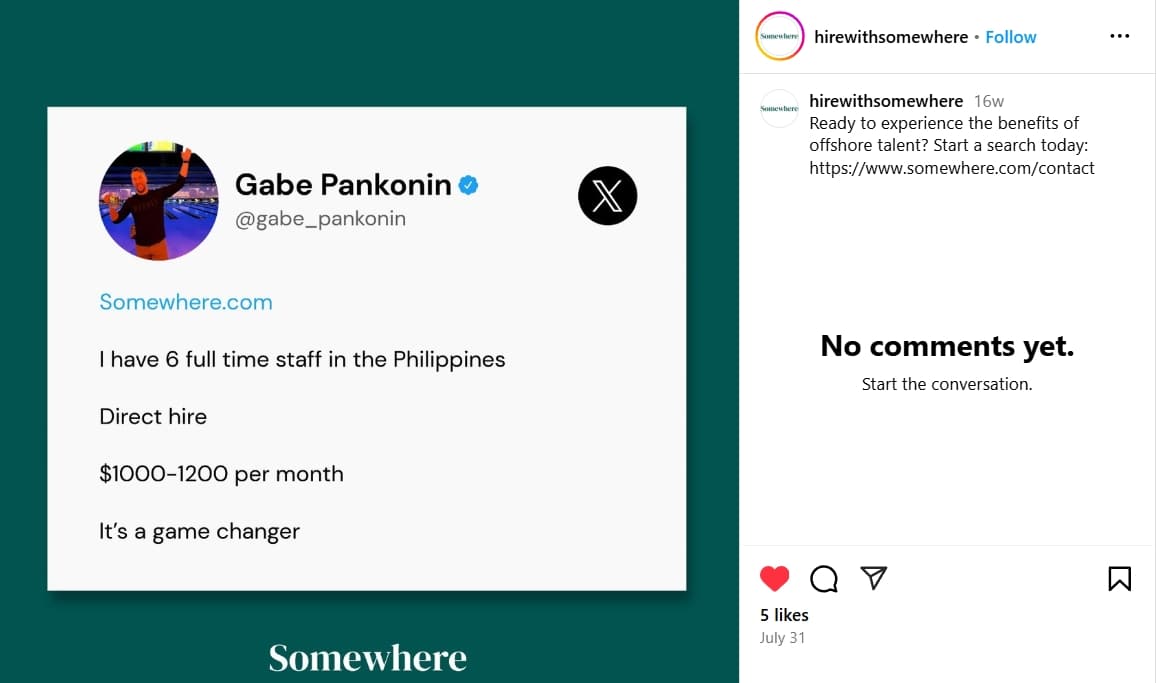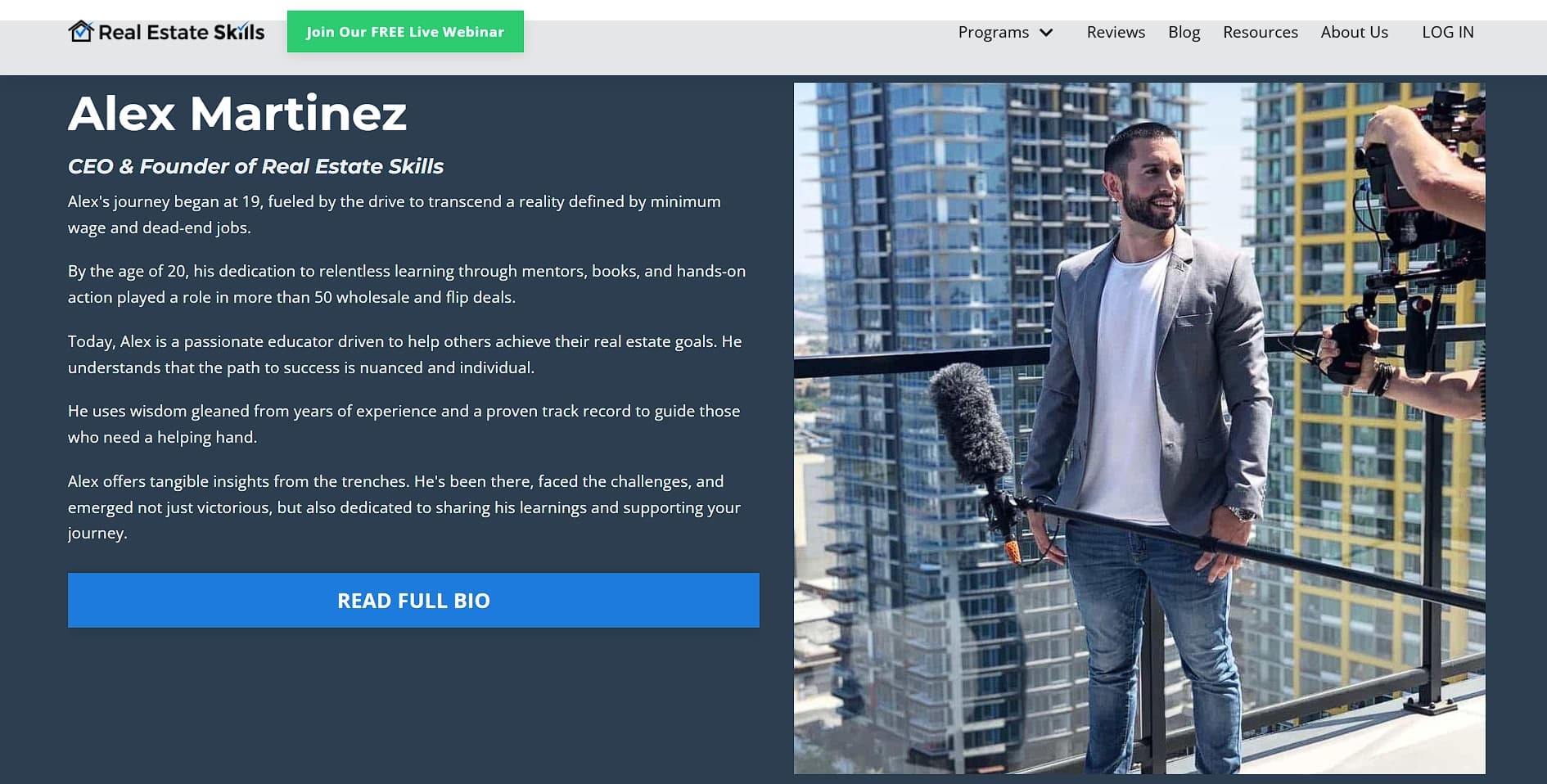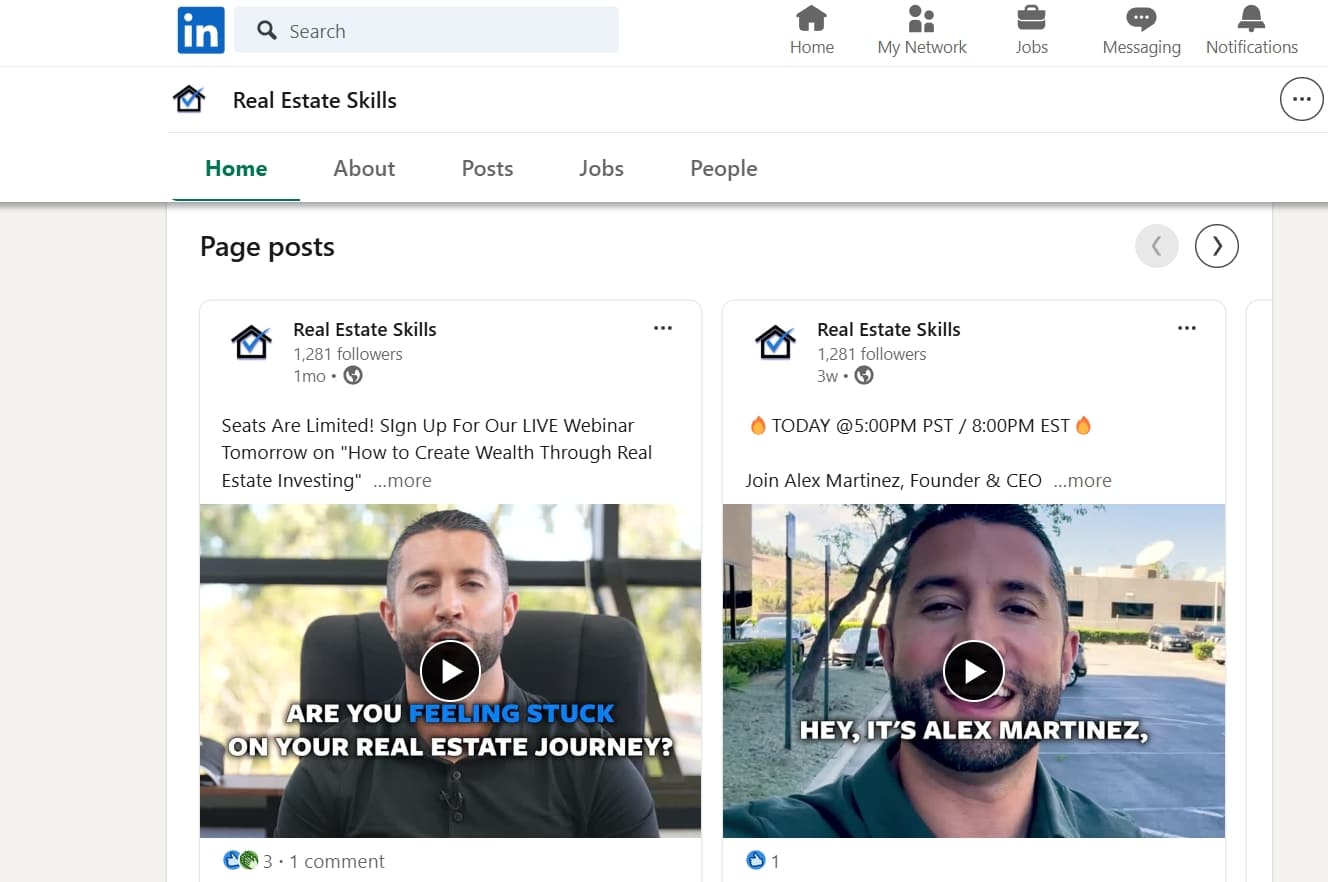
Your brand voice is the personality of your business. It’s how people recognize and connect with you. And just like in personal relationships, customers feel most comfortable when a brand communicates consistently – whether it’s a tweet, an email, or a website page.
If your communication style shifts dramatically between platforms (say, from quirky on Instagram to overly formal on LinkedIn), you risk confusing your audience and eroding their trust. Nobody wants to feel like they’re talking to a different company each time.
The good news is that creating a consistent brand voice isn’t complicated. It’s all about being intentional and staying true to your core identity. This matters because having a consistent brand voice across all digital platforms has been shown to boost revenue by 10-20%. That’s real impact, not just a nice-to-have.
Here, we’ll explore six practical ways to build a brand voice that feels authentic and stays steady across all your digital channels. Plus, we’ll throw in examples to show you how it’s done.
1. Understand Who You’re Talking To
Before you can build a consistent brand voice, you need to know who you’re talking to.
Understanding your target audience ensures that your message resonates, feels relevant, and addresses their specific needs. Without this foundation, even the most well-crafted voice can fall flat.
Why This Works
When you know your audience, you can speak their language – literally. Market research and audience insights help you tailor your tone, vocabulary, and messaging to what matters most to your customers.
This alignment builds trust, engagement, and loyalty because your audience feels understood.
How to Achieve This
- Conduct market research.
Gather data through surveys, focus groups, or social listening to uncover your audience’s preferences, pain points, and habits. - Create buyer personas.
Define profiles that represent key segments of your audience. Include details like age, job role, interests, challenges, and the platforms they use. - Tailor your voice.
Use the insights from your research to adjust your tone for each audience group while staying true to your overarching brand identity.
Example
AI Humanize, a tool designed to make AI-generated text sound more human, excels at this.
They serve a wide range of users, from students and professionals to writers and bloggers. By understanding the unique needs of each group, they adapt their messaging.
This tailored approach ensures their brand feels relevant and approachable, no matter who’s engaging with them.
So, get crystal clear on your audience and lay the groundwork for a consistent and effective brand voice.
2. Repurpose Your Blog Content Across Digital Channels
Your blog is a goldmine for building a consistent brand voice across multiple platforms.
By repurposing blog content, you can extend its reach, reinforce your messaging, and ensure that your audience hears the same voice wherever they interact with you.
Why This Works
Repurposing blog content saves time and keeps your messaging cohesive. Instead of reinventing the wheel for each platform, you adapt content to fit different formats and audiences.
This reinforces your brand voice and ensures your key ideas resonate across channels like social media, email, or video.
How to Achieve This
- Identify key takeaways.
Break your blog posts into bite-sized insights, quotes, or tips that can stand alone on other channels. - Tailor content to the platform.
Use shorter, visually engaging snippets for platforms like Instagram or X and more detailed summaries or discussions for LinkedIn and Facebook. - Leverage visuals.
Turn blog stats or highlights into shareable infographics or slideshows. - Stay consistent.
Even as you develop content for different channels, keep your tone and messaging consistent with your original blog post.
Example
DialMyCalls, a mass text messaging service, effectively repurposes their blog content to maintain a consistent voice. For instance, their long-form post about their text survey app is often shared on their Facebook and LinkedIn pages.
On Facebook, they condense the content into quick, engaging summaries, while on LinkedIn, they usually dive deeper, appealing to their professional audience.
This strategy maximizes the reach of their blog posts and ensures their voice remains unified and recognizable across different channels.
3. Design Your Brand’s Visual DNA Across Every Platform
Your brand’s visual style and tone are just as important as the words you use. A cohesive look and feel across all digital channels makes your brand instantly recognizable and builds trust with your audience.
In fact, 75% of consumers expect the same experience from a brand, no matter where they interact – be it your website, social media, or email. Consistency in visuals and tone ensures you meet that expectation.
Why This Works
When your brand looks and feels the same across platforms, it reinforces professionalism and reliability.
This consistency helps customers feel confident in your identity, making it easier for them to recognize and trust you. It also prevents mixed signals that could dilute your messaging or confuse your audience.
How to Achieve This
- Define your style guide.
Document your logo usage, color palette, fonts, image style, and tone of voice. Make this accessible to everyone involved in creating content. - Use templates.
For social media, emails, and presentations, design reusable templates that align with your visual identity. - Optimize for each channel.
Maintain the same core style while adapting visuals for the dimensions and features of each platform. - Audit regularly.
Periodically review your digital channels to ensure they align with your established style.
Example
Armra, a brand specializing in premium colostrum supplements, nails this strategy.
From their website to social media and email, their visual style remains consistent. Customers immediately recognize their slick design, minimalistic photography showcasing healthy physiques, clean fonts, and soft pastel tones.
This unified presentation reinforces the brand’s message of clean, natural wellness and builds trust with its audience.
4. Amplify Your Brand Voice Through Customer-Centric Videos
Video is one of the most powerful tools for delivering your message and humanizing your brand. It combines visuals, sound, and storytelling to create a memorable connection.
It’s no surprise that 93% of businesses consider video a key part of their marketing strategy. It engages audiences and builds trust in a way text alone can’t.
Why This Works
Videos allow you to explain complex ideas clearly, showcase your product or service in action, and add a human touch.
When you feature your customers’ voices, it’s even more impactful. Hearing real people share their experiences provides social proof and makes your brand feel authentic and relatable.
How to Achieve This
- Educate and inspire.
Use videos to explain your services, answer FAQs, or share behind-the-scenes insights. Keep them concise and focused. - Feature customer stories.
Highlight satisfied customers through testimonials or case studies. Focus on their pain points and how your brand provided solutions. - Optimize for each platform.
Adapt your videos to fit the preferences of different channels. For example, shorter clips for Instagram and longer, in-depth videos for YouTube. - Maintain consistency.
Ensure the tone, style, and messaging of your videos align with your overall brand identity.
Example
Transitions Elite, a company that facilitates selling veterinary practices, leverages video effectively.
Their website features videos of representatives explaining their services and walking through their processes
They also showcase client testimonials, giving potential customers an authentic look at what they can expect.
These videos are repurposed across social media, email campaigns, and their YouTube channel, ensuring their message reaches the right audience wherever they are.
5. Leverage UGC to Build Unshakable Trust
When potential customers see real people vouching for your product or service, it feels authentic and relatable.
Given that 81% of consumers say trust is a key factor in their purchasing decisions, leveraging user-generated content can directly influence your bottom line.
Why This Works
UGC shows your audience that others, just like them, trust and value your brand. It creates a sense of community while providing social proof.
Plus, it’s organic and engaging content that can boost your brand’s authenticity across all digital channels.
How to Achieve This
- Encourage participation.
Ask customers to leave reviews, share photos, or tag your brand in their social media posts. Offer incentives like discounts or shoutouts to encourage contributions. - Be selective but authentic.
Highlight content that aligns with your brand’s values and feels genuine. Don’t over-edit or polish UGC – its authenticity is what makes it effective. - Showcase it everywhere.
Repurpose UGC for your website, social media, email campaigns, and even advertisements. Make sure to credit the original creators. - Highlight key details.
If possible, include customer names, photos, and relevant information (like job titles or locations) to make the content feel more personal and credible.
Example
Somewhere, a service for hiring remote employees, excels at leveraging UGC.
They encourage customers to leave detailed reviews, which they feature prominently on their website and social media pages.
These reviews include customers’ own words, photos, names, job positions, and the companies they represent.
This approach showcases authenticity and reinforces trust by making it clear that real professionals rely on their services.
6. Put Real People at the Front of Your Brand Story
People connect with people, not faceless companies.
Humanizing your brand by showcasing the real people behind your business builds emotional connections with your audience. It reminds customers that there are genuine, relatable individuals behind the products or services they use, which fosters trust and loyalty.
Why This Works
When customers see the faces and hear the voices of your team, it makes your brand feel approachable and authentic. This is especially important in an era where audiences value transparency.
By highlighting the expertise, stories, and personalities of your team, you position your brand as trustworthy and credible.
How to Achieve This
- Tell authentic stories.
Share the journeys of your founders, leadership, or team members. Focus on relatable challenges, achievements, and values that resonate with your audience. - Use diverse formats.
Feature your team in videos, podcasts, blog posts, and social media content to provide a well-rounded view of the people behind your brand. - Be consistent.
Regularly update your audience with behind-the-scenes glimpses or personal insights from your team to keep the human connection alive. - Align content with your industry.
While showcasing personality, ensure the stories and content are relevant to your audience’s needs and interests.
Example
Real Estate Skills, a brand specializing in real estate investment training programs, excels at humanizing their business.
They prominently feature their founders and management team across their website, social media pages, and podcasts.
By sharing their expertise and delivering valuable industry insights, they position themselves as approachable experts.
This content is consistently shared on their digital channels, helping the brand stay relatable while reinforcing its authority in the industry.
Final Thoughts
Whether it’s visual consistency, repurposing content, or humanizing your business, these strategies can help you stand out in an increasingly noisy digital world.
Now it’s your turn: take these ideas, tailor them to your brand, and start building a voice your audience will recognize, trust, and love.
At the end of the day, a consistent brand voice doesn’t just get you heard. It ensures you’re remembered.

